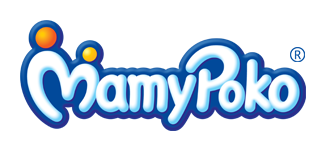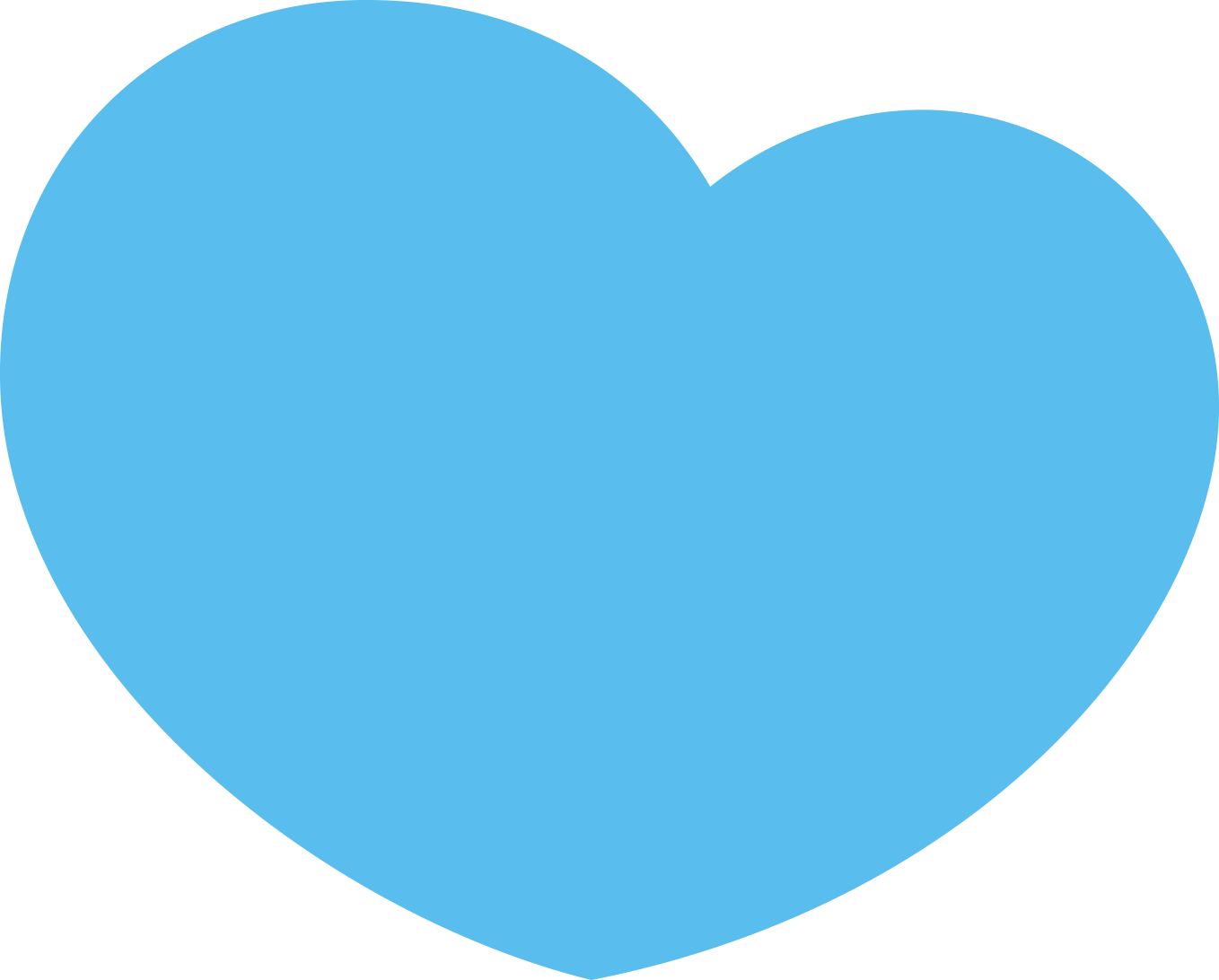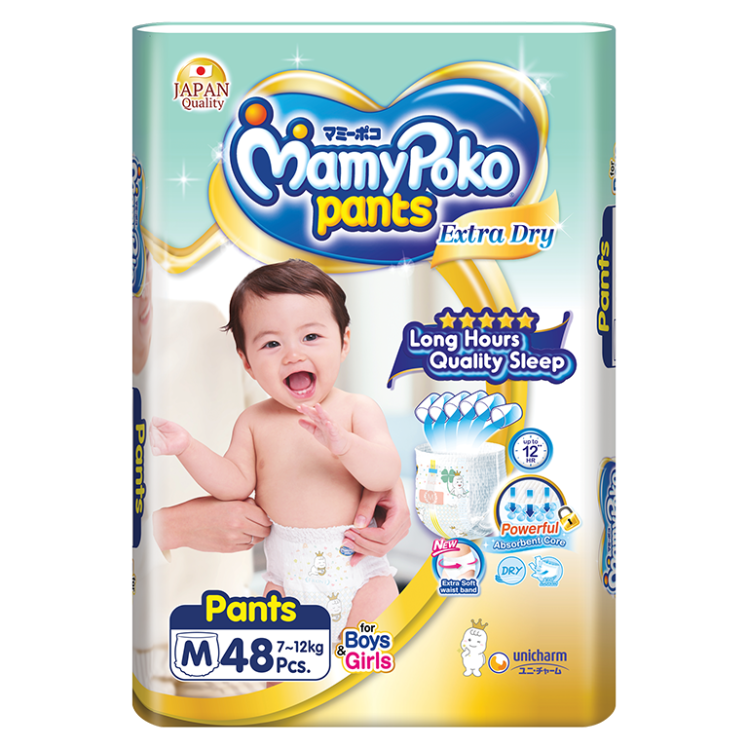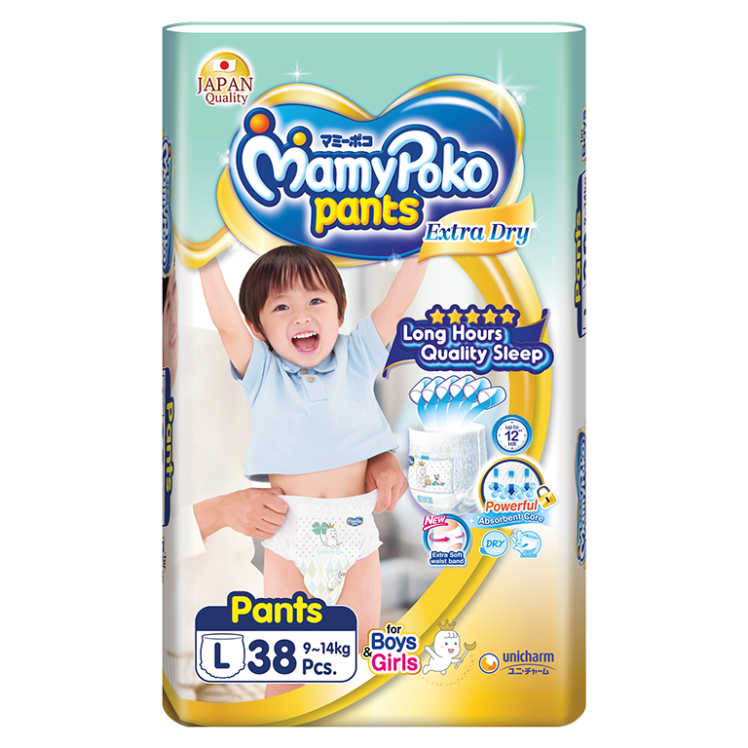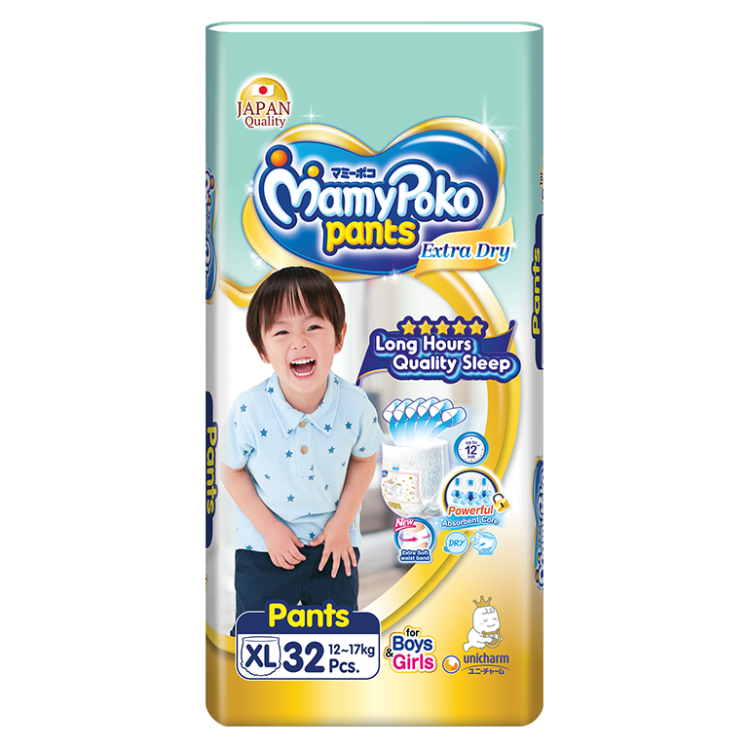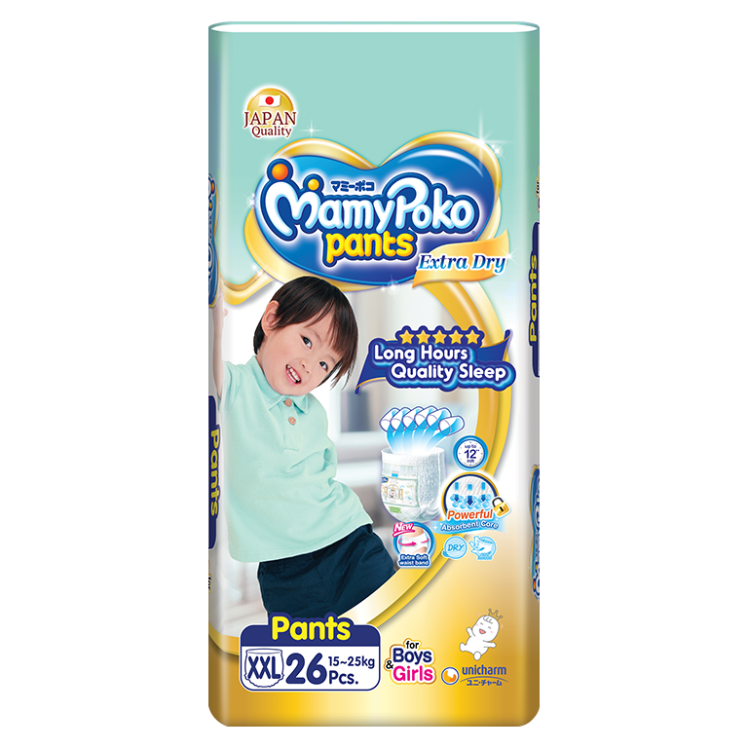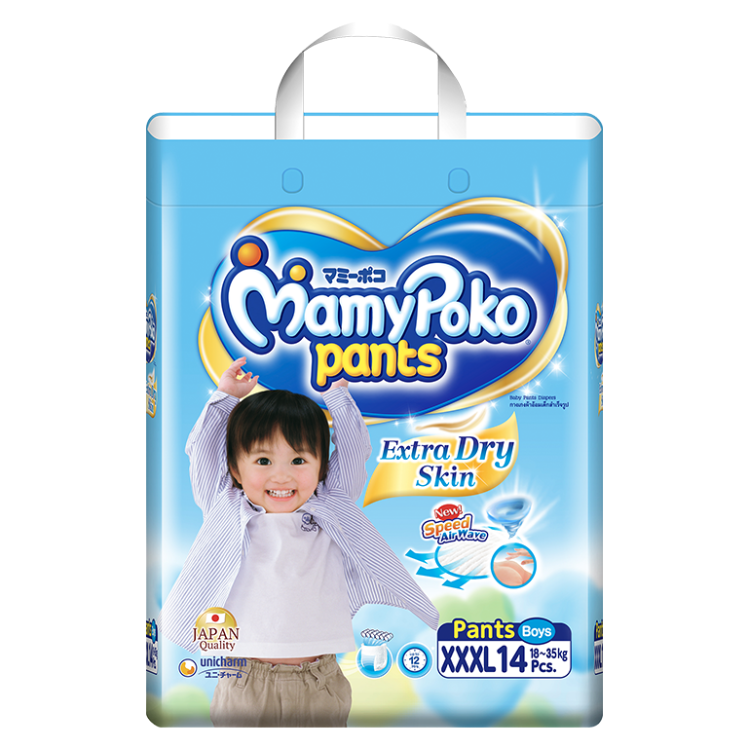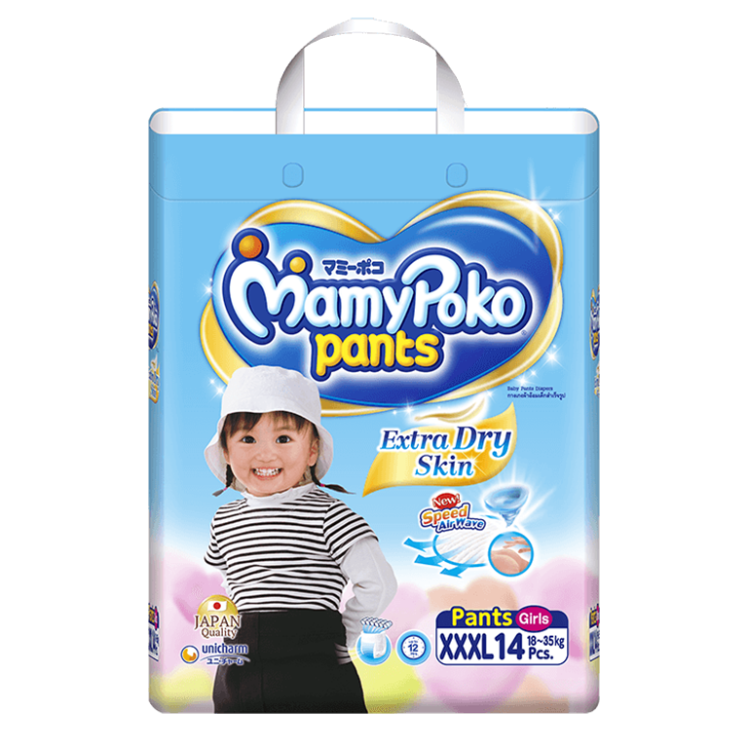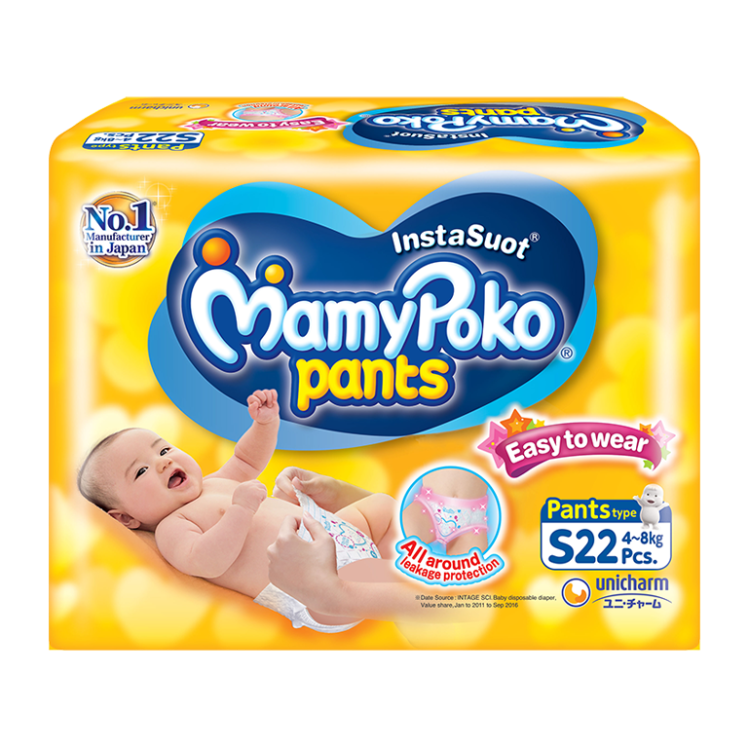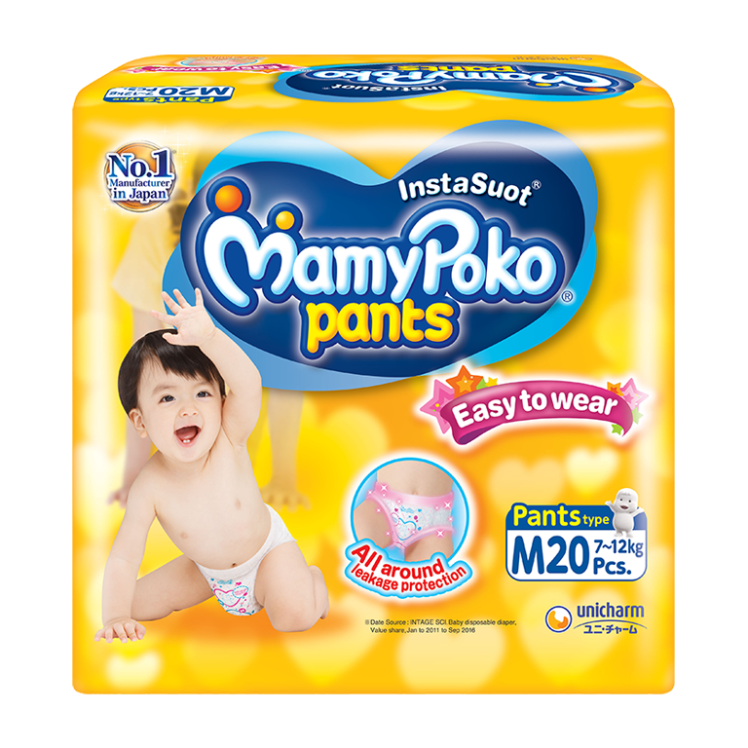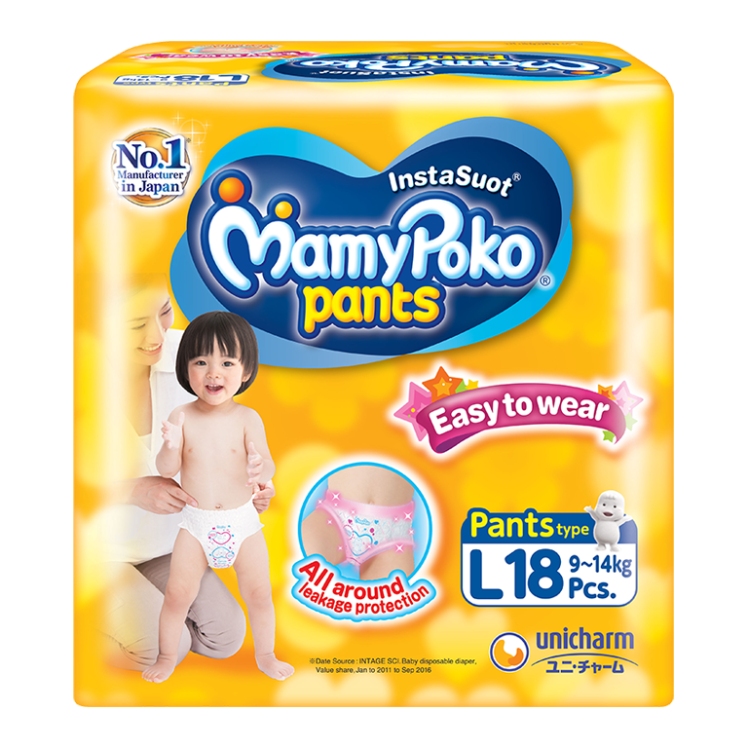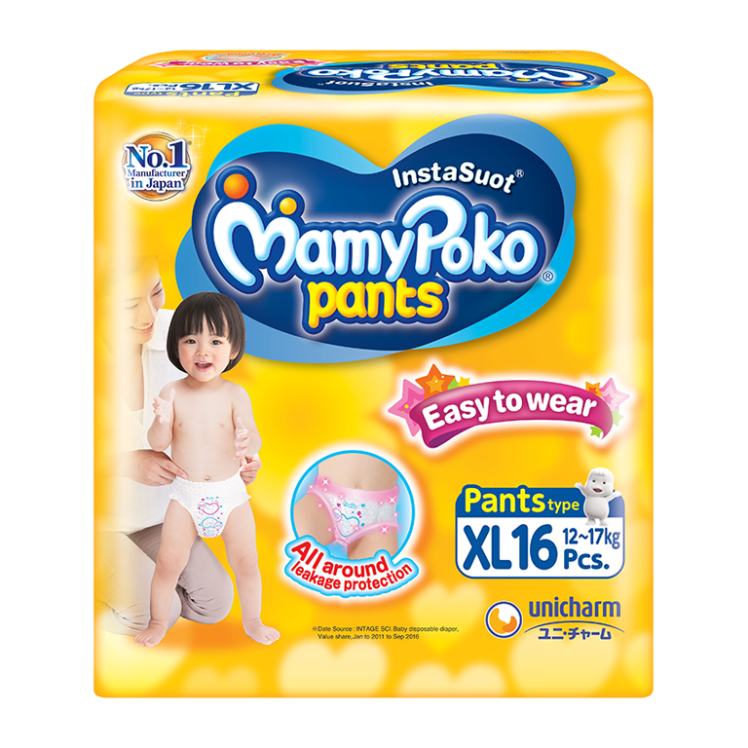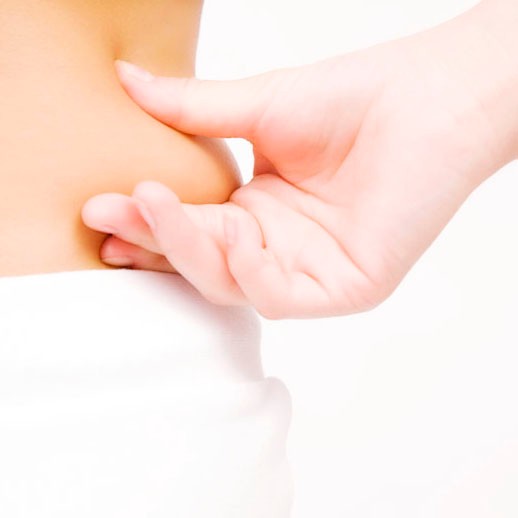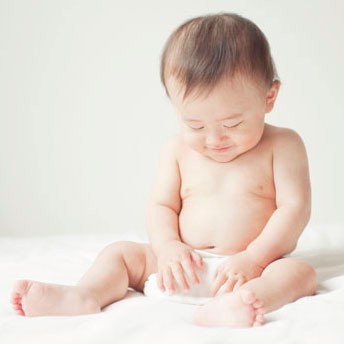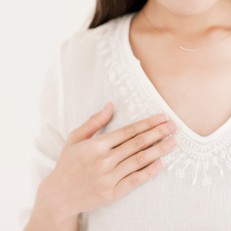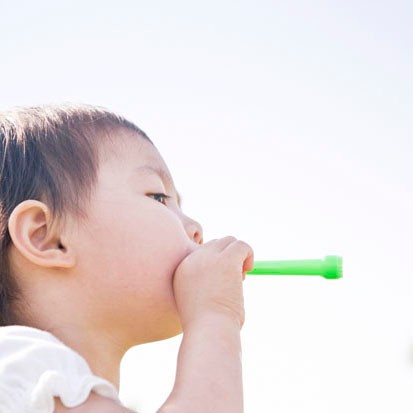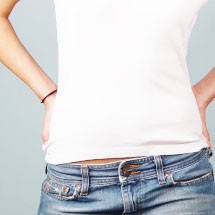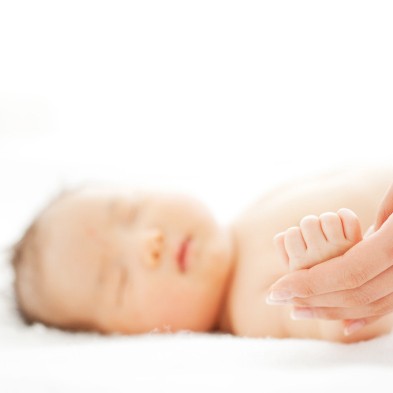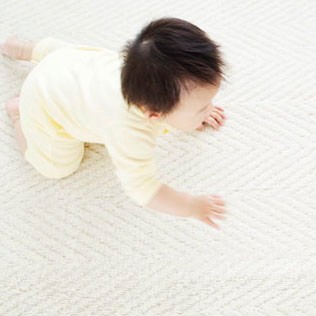Sleeping Stage
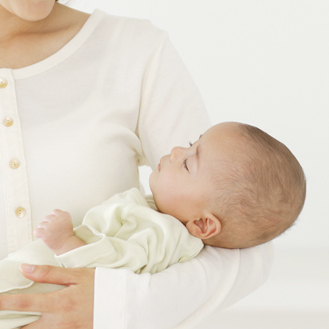
Baby still spend most of his time sleeping but he will start reacting to various things such as by fluttering his arms and legs.
Bowel movements are still runny and frequent, so choose diapers that protect his skin from rashes.
Development Approximate Weight: 4~8kg
Body overall
Baby drinks lot of milk and take on a more baby-like roundness.
Eyes
Baby starts to follow moving things with his eyes and little by little his range of vision grow wider.
Neck
Baby's neck muscles gradually grow stronger and slowly able to hold up his own head and control his movements.
Hands
Baby is now able to put his fingers in his mouth and able to hold toys.
Back & waist
Baby's back muscles are now developing. If you lay him on his belly, he'll be able to raise his neck up. This is what you call "holding his head up".
Heart
Baby starts to show a wide range of emotions like staring ang giving a big smile when you soothe him.
Skin
Until about 2 months after birth, the hormones that baby got from his mother's womb cause a lot of sebum to be secreted making baby's skin basically oily. Once it wears off, skin suddenly becomes dry. Since baby's skin is thin, it does not retain moisture well and is easily damaged. If large amount of sweat, milk or drool remains on dry skin, baby is prone to develop skin irritation. His skin may quickly turn red or break out in a rash or eczema. So, it is important to keep the skin clean and moisturize in this stage.
Breastfeeding, formula
Nursing times become more regular with feedings now 3-4 hours apart and the amount baby drinks in one feeding also increases. Some mothers may worry when the amount baby drinks in one feeding varies, but this should not be a problem as long as the baby is gaining weight. However, if baby is keeping his mouth on the breast but is just takingg occasional sip, limit feeding to 20 minutes each and let baby go hungry before the next feeding. This style of taking milk will give rhtymn to feedings.
Bath
A month after birth, baby will now start using a bath tub for his bath. Make sure to adjust the room and water temperature. A cold room or hot water may affect the baby and start to cry. While bathing, hold the baby gently but firmly for his neck and body are still unsteady. Baby gets dirty from sweat, be sure to wash and rinse him well most especially in the areas behind the ears, the neck, the underams, and constricted areas like the wrists and ankles.
Clothing changes
Because baby moves a lot, he is more susceptible to heat and less susceptible to cold than adults are. So if it feels a little cold to you, it's just right for baby. At this age, baby also starts to move his arms and legs more, so his shirt tails and pants legs often hike up and expose his skin. Overalls or one-piece garments with the legs separated are convenient at this age. Clothes that allow baby's hands to stick out from his sleeves are also good. In bed, undergarments alone are fine. After baby has nursed or cried, his body perspires a lot. Put your hand on his back and if it's sweaty, change his undergarment to keep him from catching a chill.
So you'll need to be careful not to overdress baby.
A baby's day
Once a nursing rhythm is established, baby will sleep longer periods at a time, and his total sleep time will also get longer. Once he can hold his head up, give him opportunities to get in touch with nature by carrying him outside or taking him for a walk in a stroller. Experiencing things like sunshine, wind, and the smell of the trees will provide good stimulation. However, remember that baby still does not have much stamina or immunity, so avoid crowds and keep outings short. Don't forget to keep the sun off baby as much as possible by using an awning on the stroller, a hat, or mama's umbrella, etc.
So start out close to home at first, and enjoy taking walks without overdoing it.
Once he can hold his head up and turn over, sitting up is not far behind!
update : 19.09.2017
Our favorites feature uses your browser's cookies. To use this feature, please enable cookies. If you are using Safari on your iPhone or iPad, please turn off the Private Browsing Mode. If you clear the cookie, you also clear the Favorite that you chose.

